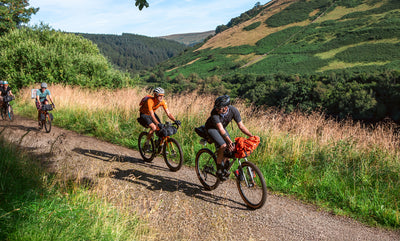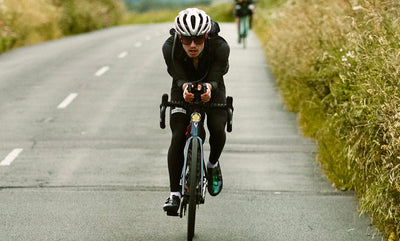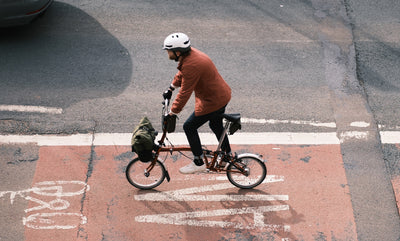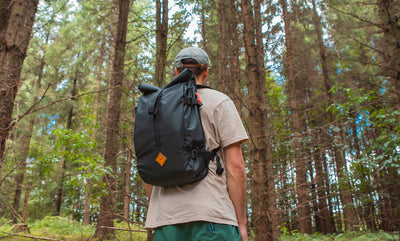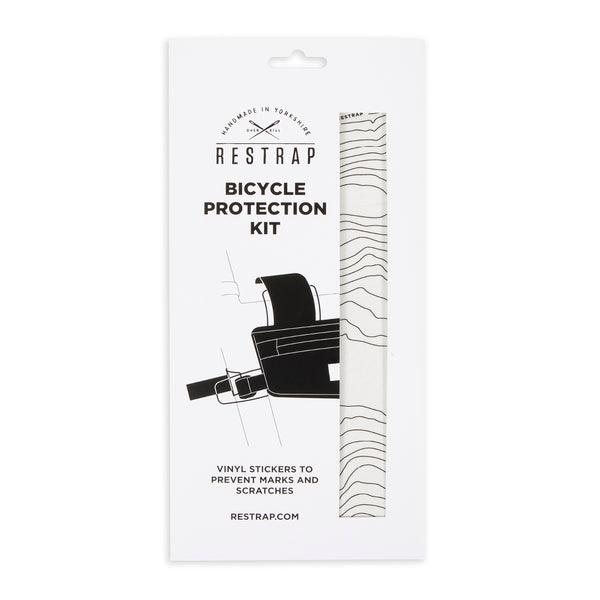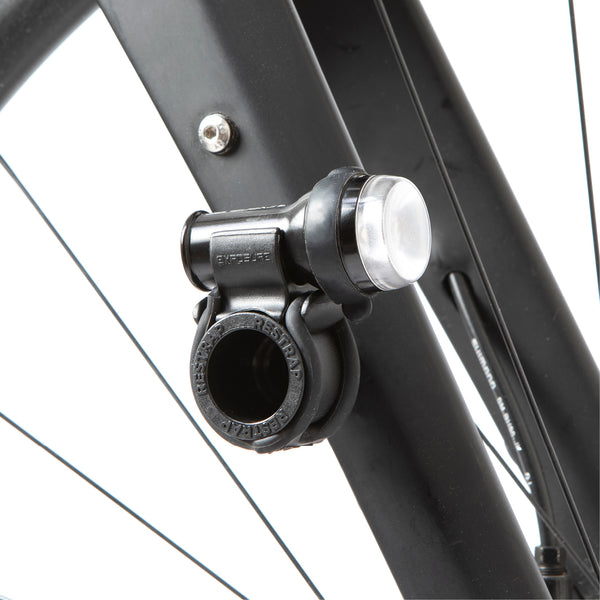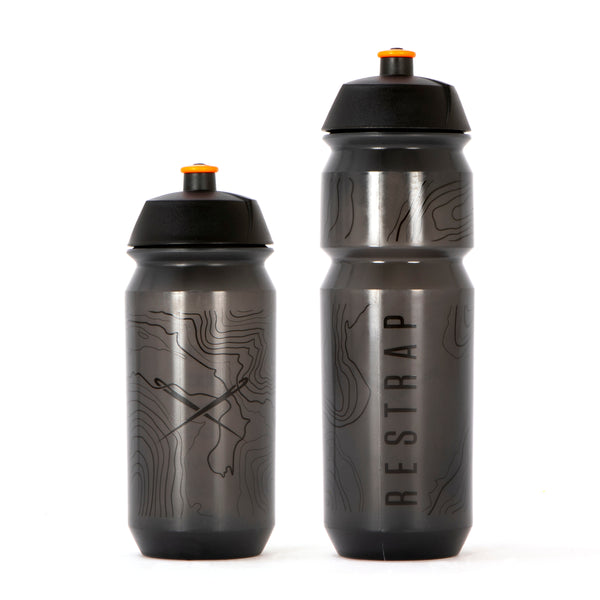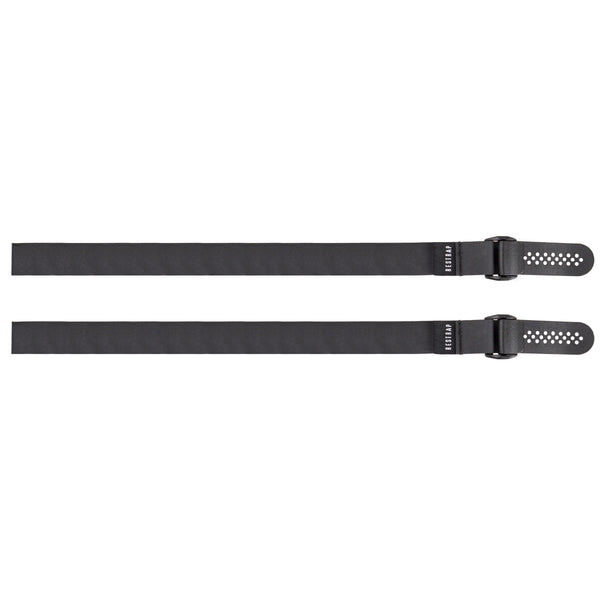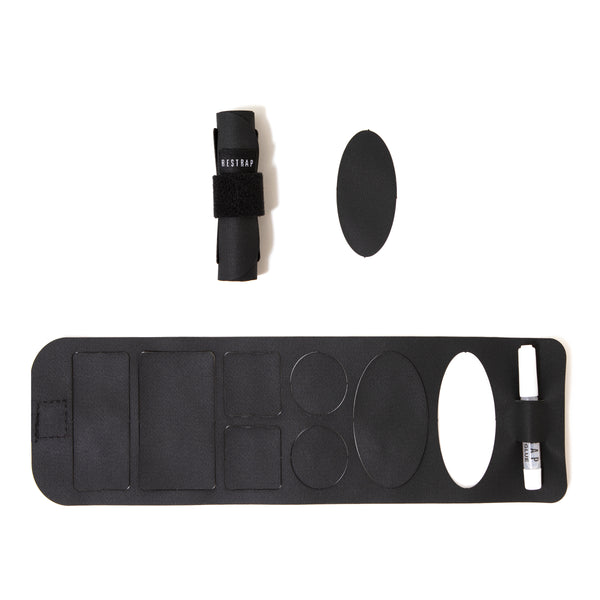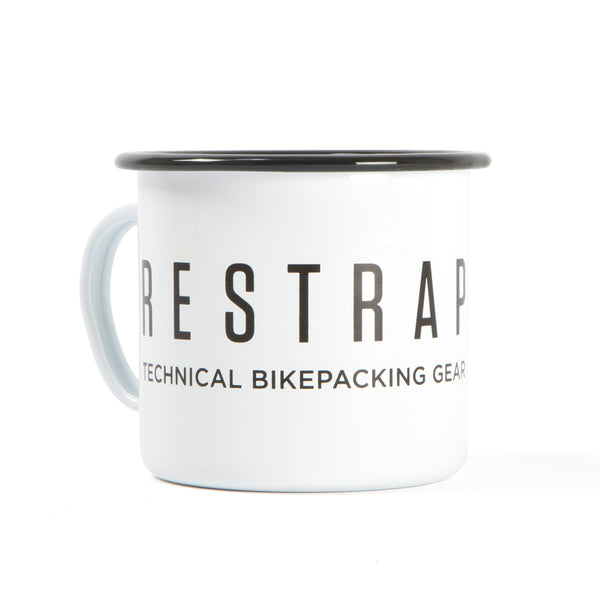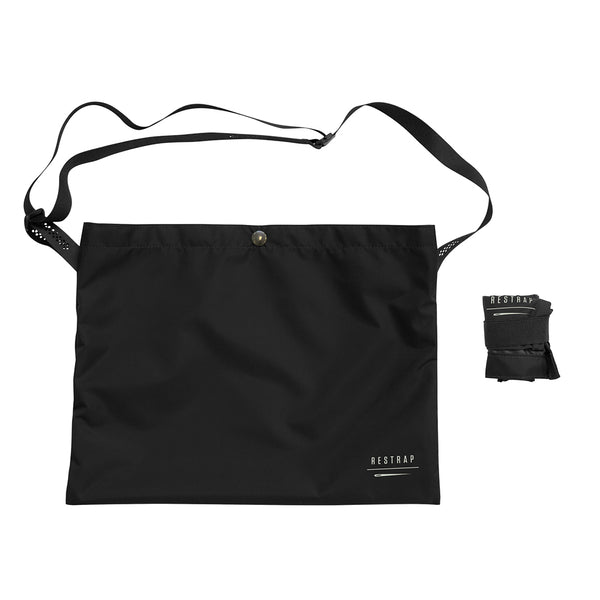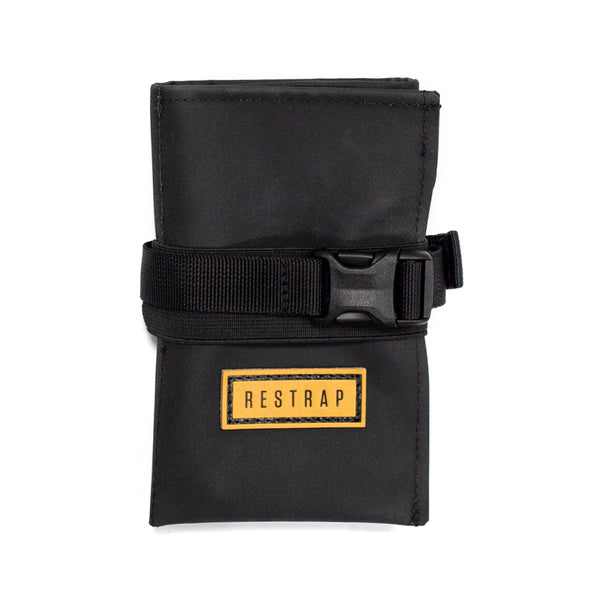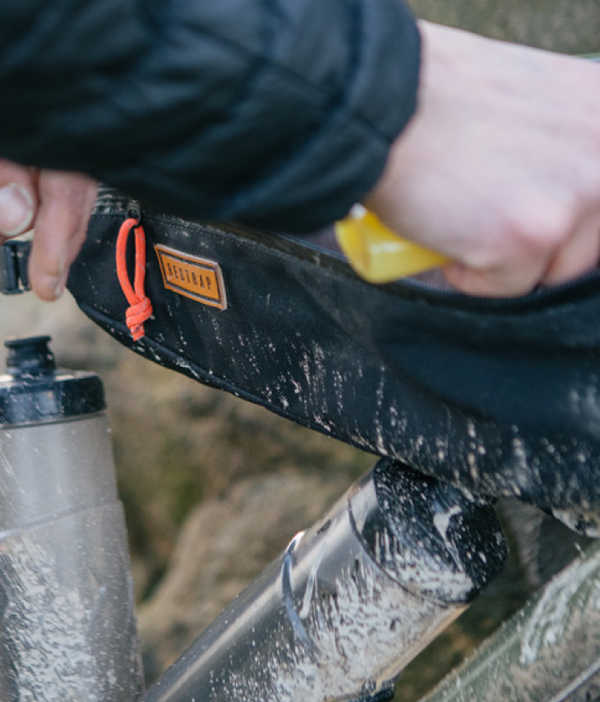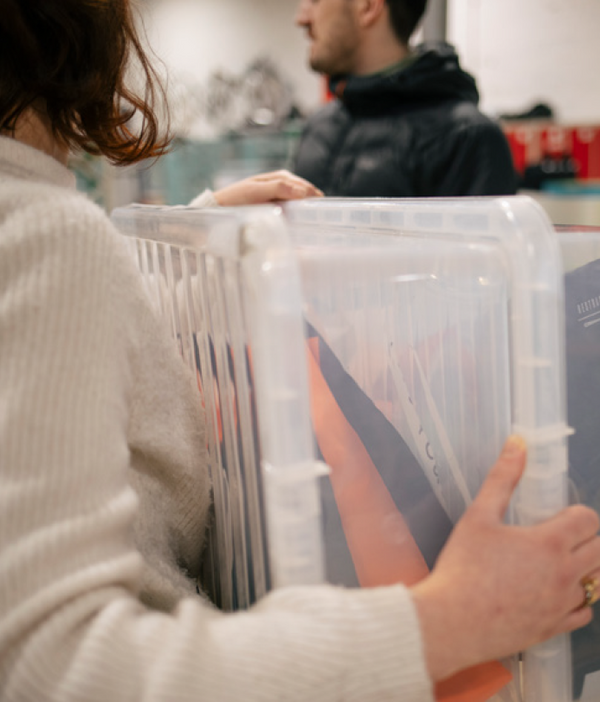Your cart is empty!
Bikepacking Tips

For anyone getting into their first bikepacking trip, touring can be a daunting prospect. Where do you even start? At Restrap, we all ride, test and use our gear ourselves. Whether it be on a huge cross country tour or a weekend away, we know that there are many ways to set up your bike for touring, no matter what bike you ride, or where you choose to ride it.
Here we have a few different touring setups, which should cover all bases and types of riding, from mountain bike to road, and everything in between. We’ve categorised below the recommended setups for trips in duration of 1-2 days, 2 days to 3 weeks, and beyond. We’re hoping these different setups will give you plenty of ideas and inspiration for mounting luggage on your bike, ready for your next epic ride.
Long Day Trips to Weekend Trips
You might not put speed and cycle touring together in the same sentence, but a fast carbon road bike is ideal for a weekend away, and can be easily loaded in a lightweight style for long day rides, Audaxes or weekend trips. This kind of setup is also ideal for ‘credit card touring’, where you’re staying in a hotel or bed and breakfast.

Here we have a Look 765 gravel bike, kitted out with a canister bag, small frame bag, top tube bag and saddle pack. The full setup has a carrying capacity of up to 15L, and across the four bags there’s enough space to store a change of clothes, spares and food.
A similar setup can be ridden off road too. We have put essentially the same bags on a full suspension Cotic Flare. A lightweight setup like this is perfect for blasting down trails and off the beaten track.

One thing to consider with a full suspension mountain bike is the rear suspension when running a frame bag. Every frame is different, but for this specific bike we are using a Restrap X Cotic Frame bag which can be found on the Cotic store, but we do sell custom frame bags made up to a template of your design here. It’s worth noting that a small frame bag may fit in your frame too.
It’s worth noting that if you’re running a dropper post, we recommend taping over the area of the seatpost where the bag sits. This will stop the dropper post fully retracting, preventing any scratches and scuffs on the post.
Weekend Trips to 3 Week Tours
If you’re wanting to ride for a little longer or carry more in the way of creature comforts, a more bikepacking-orientated setup is probably going to be the more ideal option, enabling you to stay away for a little longer, ride further, or even carry a few more clothes on those weekend trips away.

A hardtail mountain bike is perfect for this kind of riding. As you can see here we’ve kitted out this Cotic Soul with enough gear to keep you riding for an epic fortnight riding cross country.
On this bike we have our bar bag, small frame bag and saddle bag, accompanied by the tech bag on the handlebars. We’ve used a small frame bag here, but there’s more than enough room for a medium or large frame bag, depending on what frame you use, if you want that extra carrying capacity.
Using a fairly similar style for our choice for gravel riding - we’ve opted for using a large frame bag, and stem bag on this Enigma Escape:

We are also using our recently released fork bags on this bike. More and more gravel-orientated bikes are coming with bottle bosses on the fork legs, allowing you to carry more gear on the bike, and this adds more options for carrying your gear while touring. Common items to carry in these bags are jackets and spare clothes, or even a stove and cooking gear.
Cross Continent Tours and Round-the-World Trips
A more traditional style of cycle touring, racks and panniers will allow you to carry everything you need to be fully self sufficient on your bike, no matter where you’re going. We have used both the Pelago Stavanger and Ribble Adventure 725; two very different bikes but loaded up in a similar way. 

Both bikes have roughly 100L of carrying capacity, with more than enough space to throw in all the kit you need for months and months on the road. With the bags spread around the bike, it’s easy to keep things organised. We even have a 14L dry bag strapped to the rear rack using our rack straps, keeping everything dry, safe and easy to get to.
These are our recommendations, but there’s nothing stopping you from mixing and matching bags from each to find what works best for you. Some people prefer to load weight to the front, while others prefer a saddle bag out back. If you’re tenting it with friends or bivvying in a bus shelter, there are plenty of options available.
To see these bikes in action, with a quick walkthrough of the bags, be sure to click the links below to watch our bikepacking guide videos, for mountain bikes, road and gravel:
And to see these bags being used on our most recent tour, be sure to check out our latest tour from Vancouver to San Francisco here:
Don’t forget to show us your setups, bikes and trips by tagging us on Instagram, or using #restrap and #carryeverything














